AMD let us release tests of the four new Zen 4 CPUs today in the form of the Ryzen 9 7950X, Ryzen 9 7900X, Ryzen 7 7700X and Ryzen 5 7600X. We have already reported about it for a long time, but now the necessary test samples are finally materializing in the form of the real CPUs, which can provide answers to the many questions that have been burning our interest for weeks. Whereby, in addition to the initial answers, new questions have also emerged as a result of the tests. But more on that (and in other follow-ups), of course. But for now, we want to focus on today’s tests before the final products are officially on retailers’ shelves tomorrow.

Important preliminary remark about the test field and the test methodology
The fact that I only have two CPUs in the test field today with the Ryzen 9 7950X and the Ryzen 7 7700X for the time being is simply due to the fact that the other two samples are still lost in the unfathomable depths of global world trade for logistical reasons and AMD has also insisted that no one is supported in a more or less legal way by already supplied retailers in order to maintain equal opportunities for all editors. You can look at it either way, but in the end it doesn’t make a difference because you can retest. Personally, I think the two missing copies are highly interesting alternatives, but of course I will make up for that and dutifully follow the rules.
I’m deliberately putting the second sentence in the introduction this time so that it doesn’t get read over again. I test ALL processors with the default options of the motherboard manufacturers, as they were also communicated by the two chip manufacturers. That’s why I don’t stick rigidly to PL1 and PL2 with Intel and Alder Lake, but rather let the whole thing run rather unlimited with the respective PL2 corner data even with PL1. AMD can be happy about Precision Boost Overdrive in Zen 3 and Zen 4, which has already been preset by default. The normal user will not manually cap the power consumption to the respective TDP class anyway. I also refer to a counter-test that I once did for PBO and that shows that the power consumption does not increase disproportionately in games, but the performance does.
So the whole thing today is also a kind of test with the buyer, even though I still have a lot to report about the cooling. It is also important to me that I test all current platforms, i.e. Alder Lake and Zen 4 with DDR5 6000 CL30, which I will then also continue for Raptor Lake for better comparability. I got the appropriate RAM, which also ran everything stable and problem-free via XMP (Intel) and EXPO (AMD). The AM4 system ran with DDR4 3600 CL14. All CPUs were cooled equally well, at least within the limits of what they allowed. But we will come to the exact test setup in a moment. I didn’t test other CPUs like the 11 models in today’s test (and the two still to come) due to time constraints, but that’s what the older tests are for, to restore the relation if necessary.
Further follow-ups on the Ryzen 7000 topic
At this point, I also want to introduce further articles that will round off the launch article afterwards, because everything doesn’t fit into a single review, it would simply be too much. Besides the RAM, the cooling will of course also play a role, so stay tuned!
The new CPUs: AMD Ryzen 7000 ‘Zen 4 Raphael’ including specifications
We finally come to the CPUs, which, as already mentioned, initially consist of four SKUs based on the Zen 4 core architecture, the AMD Ryzen 9 7950X, AMD Ryzen 9 7900X, AMD Ryzen 7 7700X and the AMD Ryzen 5 7600X. The fact that the nomenclature is slightly different and a Ryzen 7 7800X is currently missing naturally leaves room for speculation. They will simply want to keep their backs open for another CPU, which could possibly be a counter to Intel’s upcoming 13th CPU. Generation could represent. So that you don’t have to risk a name confusion like with the Ryzen 7 5800 X3D, the courage to leave a gap remains for the time being.
Before we turn to the core specifications of these four SKUs, we must point out that the AMD Ryzen 7000 CPUs are based on a TSMC 5nm process node with a CCD die size of 70mm2 compared to 83mm2 for Zen 3 and feature a total of 6.57 billion transistors, a 58% increase over the Zen 3 CCD with 4. The CPUs adopt the Zen 4 architecture, which brings a 13% IPC increase, but most of the performance benefit comes from the higher clock speeds and a higher TDP added to each chip compared to the previous generation.
AMD has announced an increase of up to 29% in single-threaded performance, over 35% in multi-threaded performance, and 25% better perf/watt when comparing Zen 4 and Zen 3 cores, and it will be my pleasure to review that today as well. The IOD of the new CPUs is manufactured on the 6nm process node and accommodates an iGPU with 2 RDNA 2 compute units that operate at up to 2200 MHz. The size of the chip is 124.7 mm2, which is almost the same as that of the Zen 3 IOD, which measures 124.9 mm2. Compared to Zen 3, the Zen 4 architecture is also said to be very efficient, offering 62% less power for the same performance and 49% more performance for the same power.
According to AMD, the increases in IPC come from a new Front End & Load/Store + Branch Predictor, which should already account for about 80% of the improvements, while L2 cache structuring and execution engines should account for the remaining 20% of the improvements. In addition, AVX-512 and VNNI are said to be able to increase FP32 (multi-thread) performance by up to 30% and INT8 (multi-thread) CPU performance by 2.5 times. In addition to the larger caches, the micro-op cache has been increased from 4 KB to 6.75 KB and the L1I and L1D caches have been increased to 32 KB. The size of the L2 cache has also doubled to 1 MB and now also runs at 14 instead of 12 cycles, while the L3 cache has increased from 46 to 50 cycles. The L1 BTB was also increased from 1 KB to 1.5 KB.
AMD Ryzen 9 7950X
The AMD Ryzen 9 7950X tested today offers a count of 16 cores and 32 threads, which is retained from the previous two generations. The CPU has a base frequency of 4.5 GHz and a boost clock of up to 5.7 GHz (5.85 GHz F-Max) , which on paper should make it 200 MHz faster than Intel’s Alder Lake Core i9-12900KS, which offers a boost frequency of 5.5 GHz with an active core. One should have gone to the limits here and exhausted what is still somehow stably possible within the 170 W TDP (230 W PPT). As for the cache, the CPU has 80 MB, 64 MB of which comes from L3 (32 MB per CCD) and 16 MB from L2 (1 MB per core). The CPU consists of an IOD and two chiplets (CCD). The flagship will cost 849 Euros incl. VAT in Germany. (MSRP), which means it is priced above the Core i9-12900K but offers a significant performance boost in multi-threaded applications.
AMD Ryzen 7 7700X
The AMD Ryzen 7 7700X is an 8-core / 16-thread processor. AMD is effectively positioning this CPU as the sweet spot for gamers and as such, the CPU will have a base clock of 4.5 GHz and a boost clock of 5.4 GHz, but will come with a lower TDP of 105 W (142 W PPT). The CPU has a 40 MB cache pool, which consists of 32 MB L3 from the single CCD and 8 MB L2 from the Zen 4 cores. The special feature (also in terms of cooling) is that these smaller CPUs (as well as the Ryzen 5 7600X) only use one chiplet (CCD) next to the centrally placed IOD. The Ryzen 7 7700X will be available at a price of 479 Euros incl. VAT. and is supposed to compete with the Core i7-12700K at market launch.
- 1 - Introduction, important preface and technical data
- 2 - Chipset, motherboard, memory and test setup
- 3 - Gaming Performance HD Ready (1280 x 720 Pixels)
- 4 - Gaming Performance Full HD (1920 x 1080 Pixels)
- 5 - Gaming Performance WQHD (2560 x 1440 Pixels)
- 6 - Autodesk AutoCAD 2021
- 7 - Autodesk Inventor 2021 Pro
- 8 - Rendering, Simulation, Financial, Programming
- 9 - Science and mathematics
- 10 - Power consumption and efficiency
- 11 - Temperatures and cooling
- 12 - Summary and conclusion














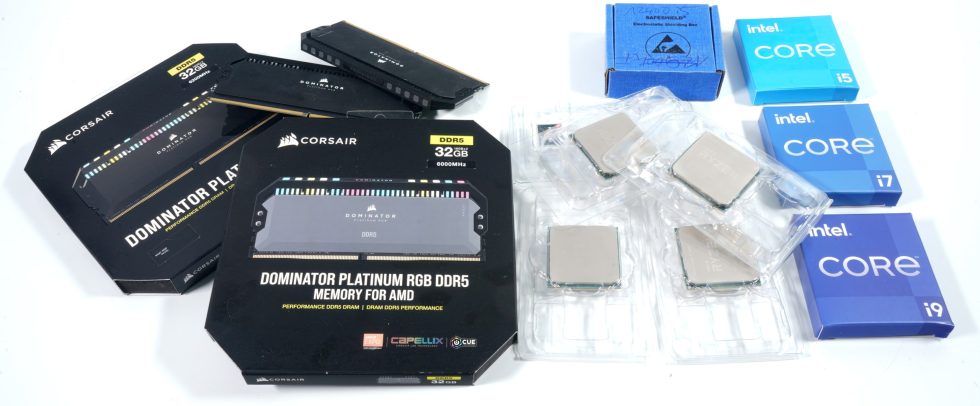
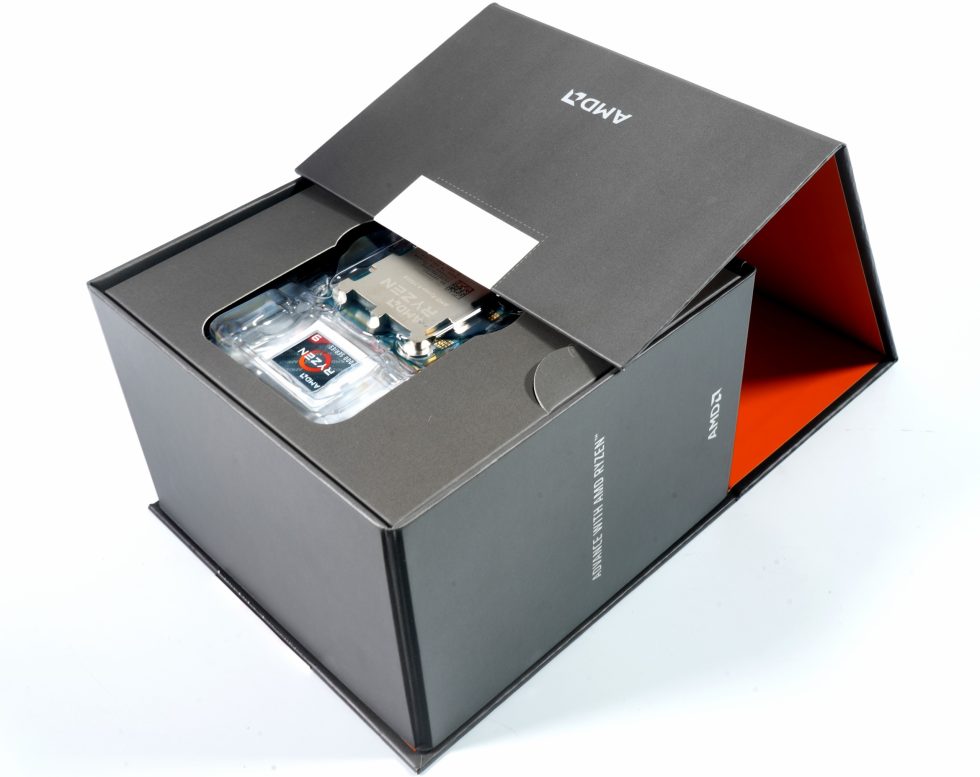
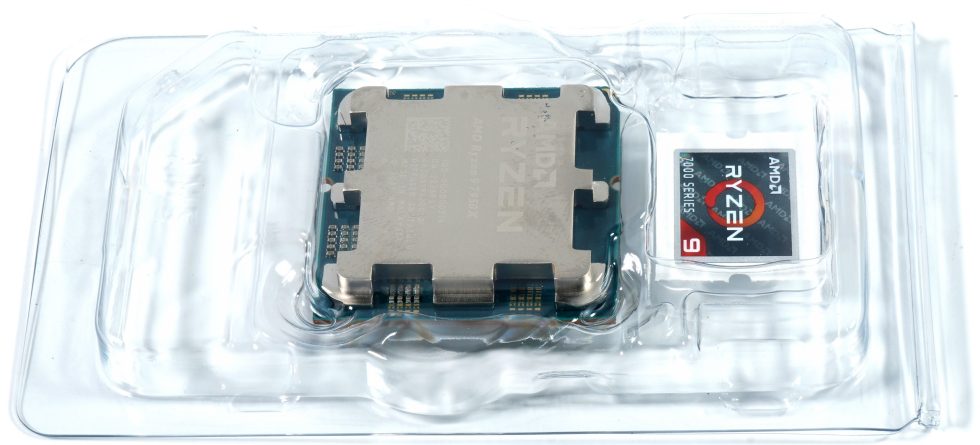
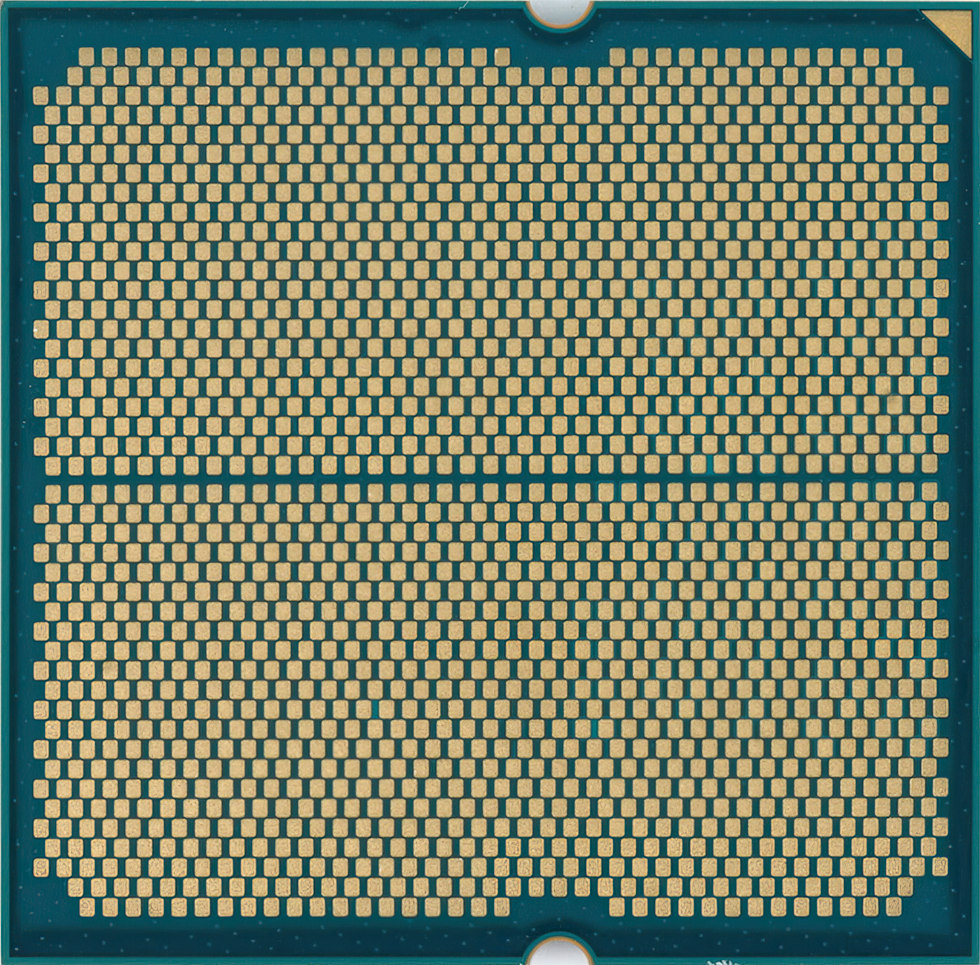
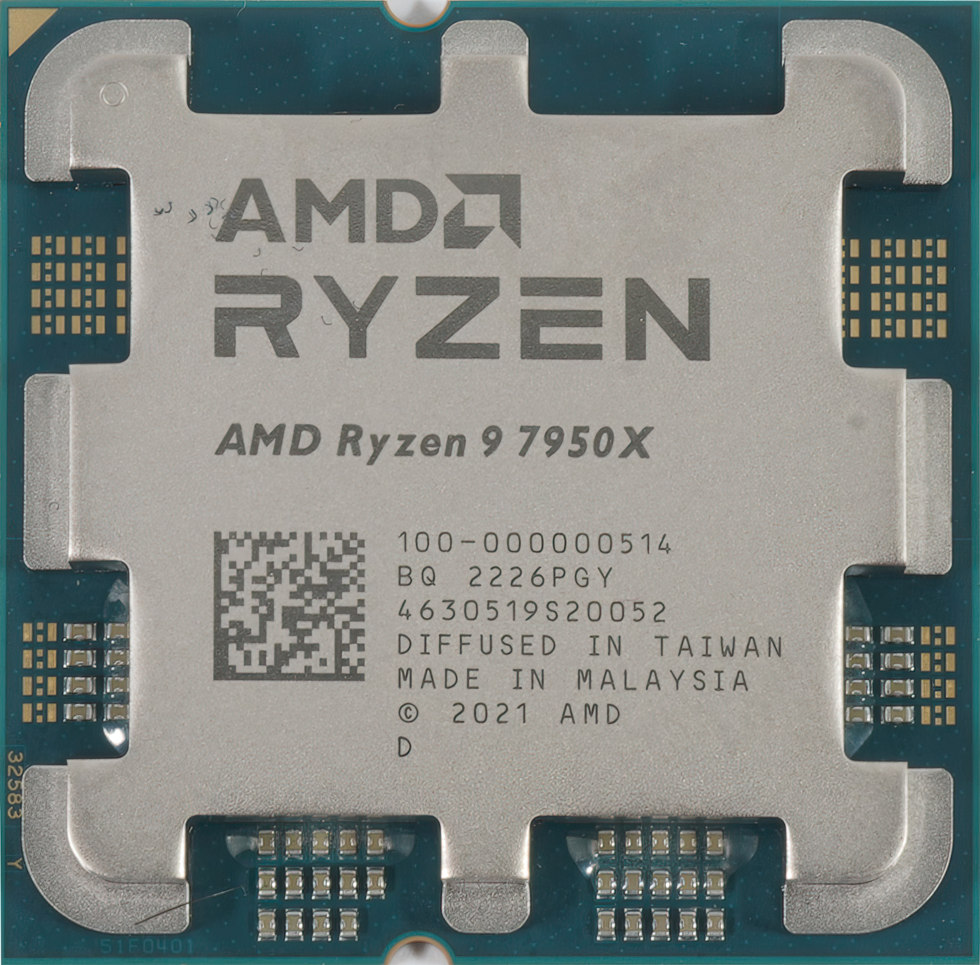
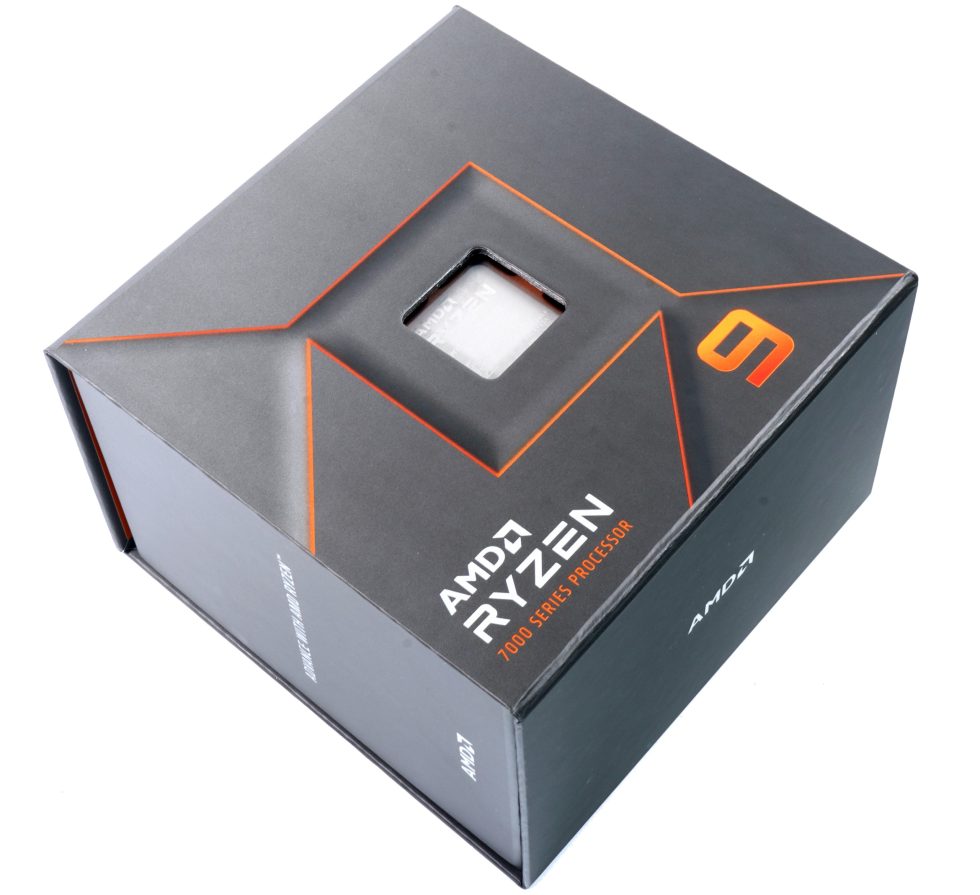





















261 Antworten
Kommentar
Lade neue Kommentare
Mitglied
Veteran
Urgestein
Urgestein
Mitglied
Veteran
Veteran
Urgestein
Mitglied
Veteran
Veteran
Veteran
Urgestein
Veteran
Veteran
Mitglied
Veteran
Urgestein
Alle Kommentare lesen unter igor´sLAB Community →